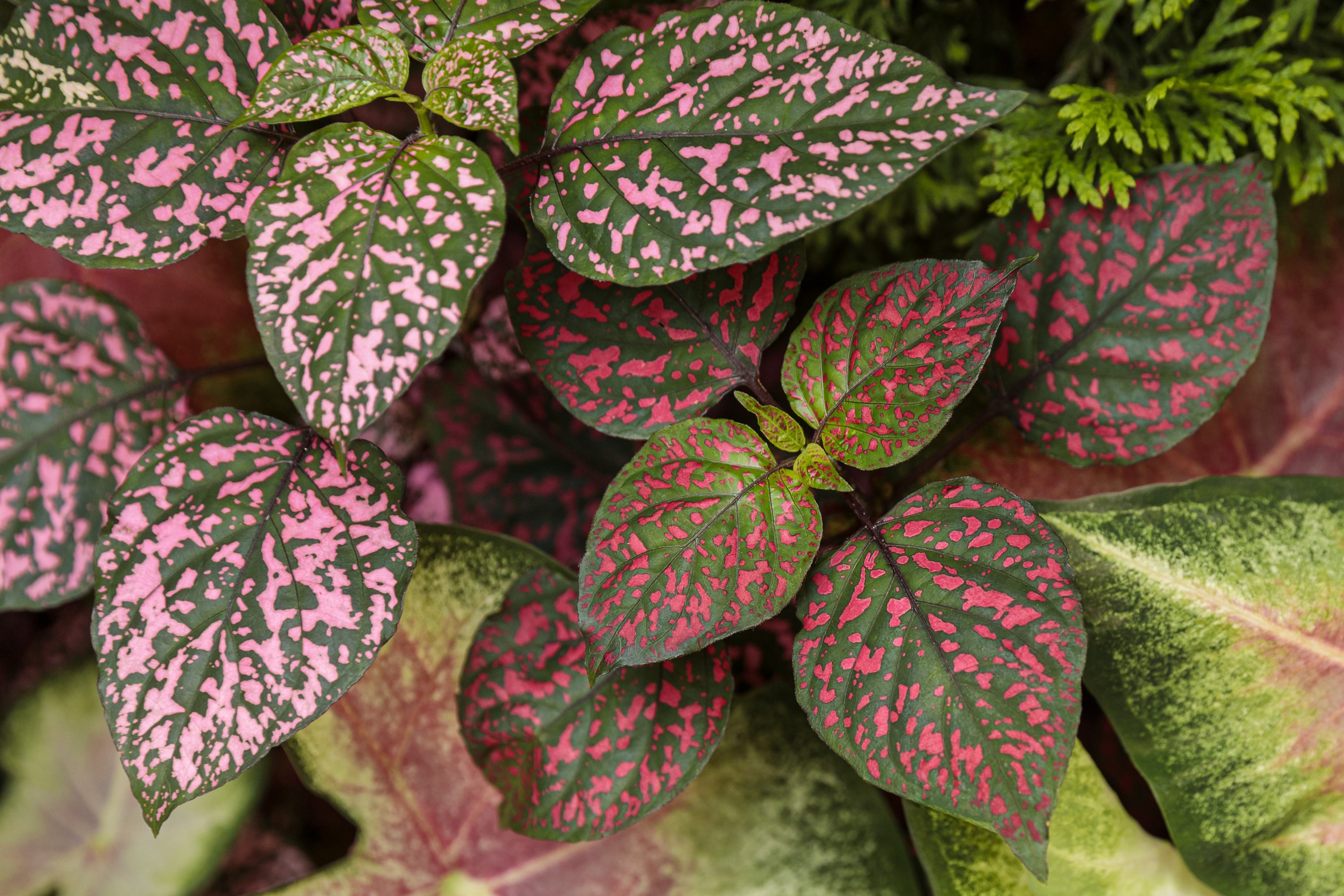How To Care For Swiss Cheese Plant (Monstera adansonii)
Monstera adansonii, also known as the Swiss Cheese Plant, is a popular houseplant characterized by its unique, fenestrated leaves. This tropical plant is native to the rainforests of Central and South America, where it grows as a vine, climbing up trees and other plant structures in search of sunlight. Due to its eye-catching foliage and relatively low maintenance needs, Monstera adansonii has become a favorite among indoor gardening enthusiasts.
One key element to caring for a Swiss Cheese Plant is providing it with the right amount of sunlight. While these plants can tolerate low light conditions, they thrive in bright, indirect light. Placing your Monstera adansonii near a window with filtered sunlight or using a grow light can help promote healthy growth and encourage the fenestrated leaves to develop fully.
In addition to sufficient sunlight, proper watering is crucial for the health of your Swiss Cheese Plant. Overwatering can lead to root rot, while underwatering can cause the leaves to wilt and turn yellow. It is important to allow the top few inches of soil to dry out between waterings, and to use a well-draining potting mix to prevent waterlogged soil. Keeping a consistent watering schedule and monitoring the plant’s moisture levels can help prevent common watering issues.
Regularly pruning and repotting your Monstera adansonii can also contribute to its overall health and appearance. Trimming away dead or yellowing leaves can promote new growth and maintain the plant’s aesthetic appeal. Additionally, repotting your Swiss Cheese Plant every 1-2 years can prevent root bound conditions and provide fresh nutrients to support growth.
To ensure that your Monstera adansonii thrives, it is important to monitor for signs of pests, such as spider mites or mealybugs. Regularly inspecting the plant’s leaves and stems for any unusual discoloration or damage can help you identify and address pest infestations early. Using natural pest control methods, such as neem oil or insecticidal soap, can help protect your Swiss Cheese Plant without the use of harsh chemicals.
:max_bytes(150000):strip_icc():format(webp)/grow-monstera-adansonii-swiss-cheese-plant-1902774-09-70c06de77fe143f69061c7ea01a40eb1.jpg)
How can I properly care for my Swiss Cheese Plant (Monstera adansonii)?
To care for your Swiss Cheese Plant (Monstera adansonii), it is important to provide the plant with bright, indirect sunlight, well-draining soil, and regular watering. It is also helpful to mist the plant regularly and wipe the leaves with a damp cloth to keep them dust-free. Pruning can help promote healthy growth and prevent the plant from becoming too leggy. Proper care and maintenance will ensure that your Swiss Cheese Plant thrives and grows beautifully in your home.

Light Requirements
Swiss Cheese Plants thrive in bright, indirect light. They can also tolerate low light conditions, but they will not grow as quickly or produce as many fenestrations. Avoid placing your plant in direct sunlight, as this can scorch the leaves.
Watering
Water your Monstera adansonii when the top inch of soil is dry. Be sure to allow excess water to drain out of the bottom of the pot to prevent root rot. During the growing season, you may need to water more frequently, while in the winter months, you can wait longer between waterings.
Humidity
Swiss Cheese Plants prefer high humidity levels, so it’s a good idea to mist the leaves regularly or place the plant on a pebble tray to increase humidity. You can also use a humidifier to maintain the ideal humidity level for your plant.
Temperature
Maintain a consistent temperature between 65-85°F (18-29°C) for your Monstera adansonii. Avoid placing the plant near drafty windows or doors, as sudden temperature changes can cause stress to the plant.
Soil
Use a well-draining potting mix that is rich in organic matter for your Swiss Cheese Plant. A mix that includes perlite or orchid bark will help prevent waterlogged soil, which can lead to root rot.
Pruning and Maintenance
Regularly prune your Monstera adansonii to encourage bushier growth and remove any yellow or damaged leaves. You can also train the plant to climb by providing a moss pole or trellis for support.
Pests
Keep an eye out for common houseplant pests such as spider mites, mealybugs, and scale insects, which can infest Swiss Cheese Plants. If you notice any pests, gently wipe the leaves with a damp cloth or treat the plant with insecticidal soap.
Propagation
You can easily propagate your Monstera adansonii by taking stem cuttings with at least one node. Place the cutting in water or moist soil, and roots should begin to form within a few weeks. Once roots have developed, you can replant the cutting in a new pot.
Fertilizing
During the growing season, fertilize your Swiss Cheese Plant with a balanced houseplant fertilizer every 4-6 weeks. Be sure to dilute the fertilizer to half strength to avoid burning the roots of the plant.
In conclusion, Swiss Cheese Plants (Monstera adansonii) are relatively low-maintenance houseplants that can add a tropical touch to any indoor space. With the right care and attention to their light, water, humidity, temperature, soil, pruning, pest control, propagation, and fertilizing needs, you can enjoy a thriving and beautiful plant in your home.
1. Is Monstera adansonii a low maintenance plant?
Yes, the Swiss Cheese Plant is considered a low maintenance plant that is relatively easy to care for. It thrives in indirect sunlight and only needs to be watered when the top inch of soil is dry.
2. Can Monstera adansonii tolerate low light conditions?
While Monstera adansonii prefers bright, indirect sunlight, it can tolerate low light conditions as well. Just be sure to keep it away from direct sunlight, as this can scorch the leaves.
3. How often should I water my Swiss Cheese Plant?
Water your Monstera adansonii when the top inch of soil feels dry to the touch. It’s important not to overwater, as this can lead to root rot. In general, aim to water your plant every 1-2 weeks, depending on the humidity levels in your home.
4. Does Monstera adansonii need to be fertilized?
Yes, it’s a good idea to fertilize your Swiss Cheese Plant during the growing season (spring and summer) to promote healthy growth. Use a balanced, water-soluble fertilizer diluted to half strength every 4-6 weeks.
5. How do I propagate my Monstera adansonii?
To propagate your Swiss Cheese Plant, you can take stem cuttings with at least one node and one leaf. Place the cutting in water or moist soil, and roots should start to grow in a few weeks. Make sure to keep the cutting in a warm, humid environment for best results.
6. Why are the leaves on my Monstera adansonii turning yellow?
Yellow leaves on a Swiss Cheese Plant can be a sign of overwatering, underwatering, low humidity, or nutrient deficiencies. Check the moisture levels in the soil, adjust your watering schedule, and consider adding fertilizer if necessary.
7. How do I support the growth of my Monstera adansonii?
You can support the growth of your Swiss Cheese Plant by providing a trellis or moss pole for it to climb. This will help encourage the plant to grow upward and produce larger, more mature leaves.
8. Can Monstera adansonii be grown outdoors?
Monstera adansonii can be grown outdoors in tropical climates, where temperatures remain above 60°F (15°C) year-round. Just make sure to place the plant in a shaded area to protect it from direct sunlight.
9. How do I clean the leaves of my Swiss Cheese Plant?
You can clean the leaves of your Monstera adansonii by wiping them gently with a damp cloth. This will help to remove dust and keep the foliage looking healthy and vibrant.
10. Is Monstera adansonii toxic to pets?
Monstera adansonii is considered toxic to pets if ingested. Keep the plant out of reach of curious pets, or opt for pet-safe alternatives if you have animals that may be prone to nibbling on houseplants.
Conclusion
In conclusion, caring for a Swiss Cheese Plant (Monstera adansonii) involves providing the plant with the right amount of light, water, and humidity. Positioning the plant in bright, indirect sunlight and making sure it is watered regularly but not overwatered are crucial for its health. Maintaining a humid environment around the plant, either through misting or using a pebble tray, can also help it thrive. Additionally, providing support for the plant to climb or allowing it to trail can enhance its growth and appearance. Regular pruning and repotting when necessary are also important tasks to keep the plant healthy and prevent overcrowding. By following these care tips, you can enjoy a beautiful and thriving Swiss Cheese Plant in your home.
Overall, Swiss Cheese Plants are relatively easy to care for and can bring a touch of tropical feel to any indoor space. With their unique fenestrated leaves and fast-growing nature, they make excellent statement pieces in any room. By understanding and meeting their basic care needs, you can ensure that your Monstera adansonii remains healthy and continues to brighten up your living space for years to come.
:max_bytes(150000):strip_icc():format(webp)/swiss-cheese-plant-monstera-adansonii-care-db7a5055bb604bb18de8ec5eab610bcb.jpg)





:max_bytes(150000):strip_icc():format(webp)/GettyImages-511790642-2000-6fe26923bfb040cab1ebcf930a5933ca.jpg)
